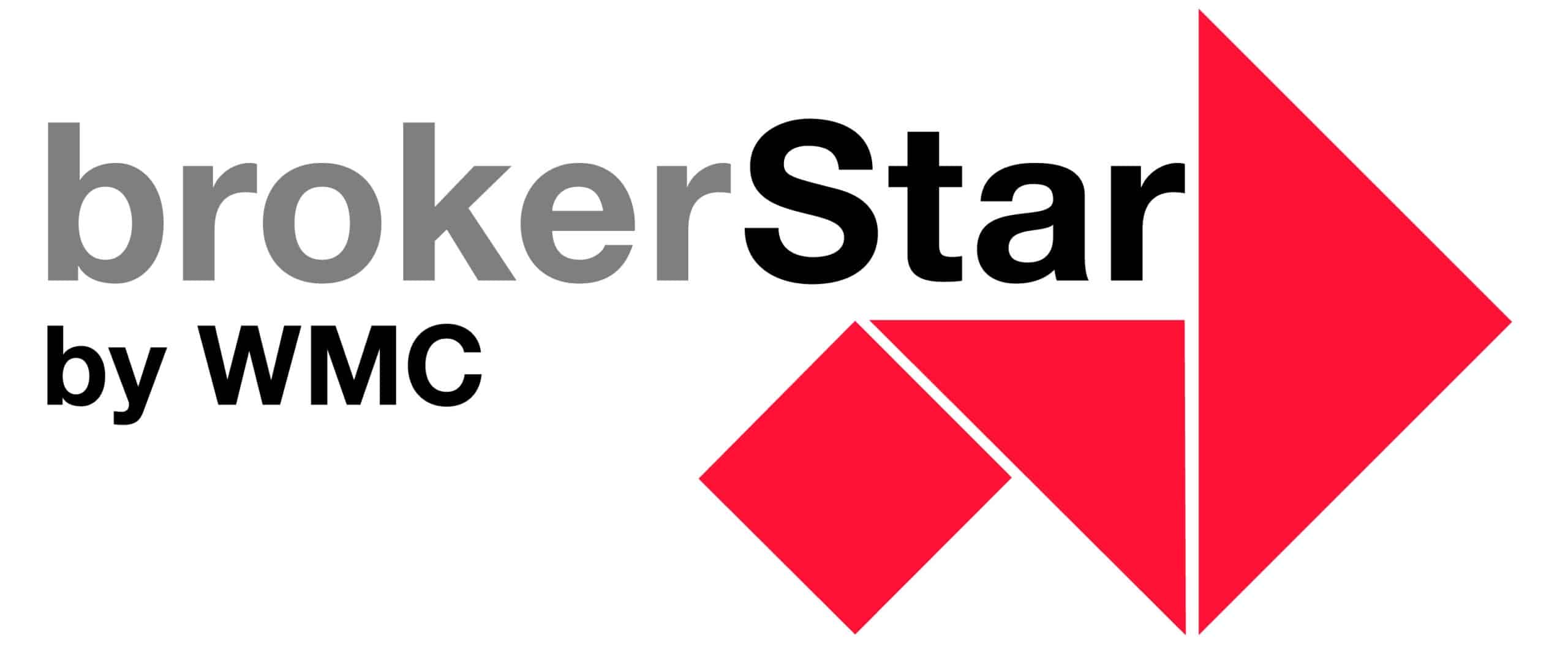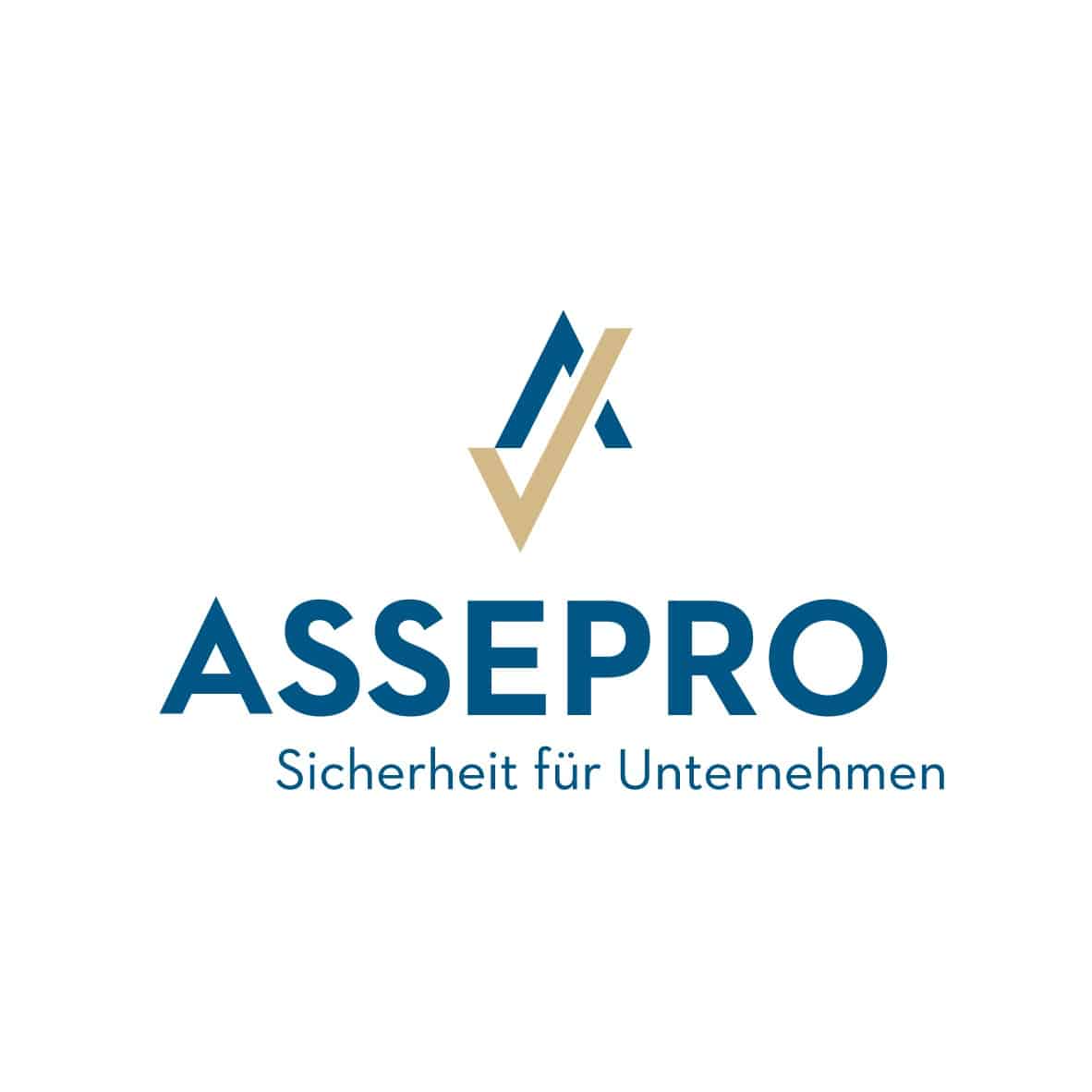Embedded Insurance: From Hype to Strategy
21 August, 2025 | Current General
Insurance policies that are directly integrated into purchasing and usage processes are developing from an experimental field into a central sales channel. A recent InsurLab study shows that embedded insurance is not a passing trend, but is changing the industry’s business model –provided that the product, partners and processes mesh with one another .
The insurance industry is in the midst of upheaval. Digitalization, data and demographics are not only changing customer expectations, but also the way in which insurance policies are offered and taken out. Embedded Insurance picks up on precisely this development: Insurance cover is seamlessly embedded in the purchase or usage process, for example when suitable warranty insurance is automatically offered when a smartphone is purchased online. Or when car-sharing services provide insurance cover at the same time. For consumers, this means convenience and immediate protection, while for insurers it opens up access to target groups that would be difficult to reach via traditional channels.
Four stages of integration
The study distinguishes between various forms of embedded insurance, which differ primarily in terms of visibility and degree of integration. Particularly relevant are offers in which the insurance cover is closely interwoven with the primary product, be it visibly, as with camper rental services that automatically integrate Zurich insurance, or invisibly, as with car sharing services, where the insurance is included in the price without the provider’s brand coming to the fore. Less convincing, on the other hand, are models that merely create a link to an external insurance site. They do not meet the actual requirement of embedding insurance in the customer’s everyday life.
Brand strength decides
A key finding of the study is the role of the brand. A representative survey of over 2,000 participants showed that embedded insurance was chosen significantly more often than traditional comparison portals or agents in all product categories tested. The effect was particularly strong for travel insurance, where more than half of respondents preferred embedded insurance.
However, the combination of a strong insurance brand and an established primary product brand is crucial for success. Allianz with BMW or Zurich with Airbnb are examples of particularly promising constellations. White label solutions without a recognizable brand, on the other hand, lose their persuasive power. The authors of the study warn that those who offer embedded insurance on a purely anonymous basis risk lower acquisition rates and possibly even reputational damage.
A look abroad
While there is still a lot of experimentation going on in German-speaking countries, international examples already show the potential. In Southeast Asia, the super app Grab has sold over 400 million policies that are integrated into mobility and delivery services. Pay-per-trip models for drivers are particularly innovative there, offering flexible protection and increasing customer loyalty at the same time. In Austria, UNIQA has built a platform together with bsurance that massively accelerates market entry. Within just two weeks, an embedded bicycle insurance policy went live. Examples such as these make it clear that it will hardly be possible to implement embedded insurance on a large scale without agile technology partners and flexible infrastructures.
Partner, product and process in harmony
The study also shows what is important: successful embedded insurance offerings are not created by simply docking existing products onto new sales channels. It is crucial that insurers and partners work closely together as equals, that the insurance solution creates clear added value for customers and that the processes are seamlessly integrated into the customer journey, from the policy to claims settlement. Only when these factors work together can a win-win-win situation be created for everyone involved.
Now is the time to act
The InsurLab study clearly answers the central question: embedded insurance is not a short-term hype. It offers enormous growth potential, from extended warranties in online retail to insurance in the sharing economy. However, there is no one-size-fits-all solution. Large insurers can enter into global partnerships, while smaller providers find opportunities in specialized niches.
However, one thing is clear: an embedded insurance strategy must always be tailored to the specific requirements of the company. Those who invest now, forge strong partnerships and consciously use their own brand can decisively shape the sales of tomorrow. Those who hesitate run the risk of being left behind in the new market logic.
Binci Heeb
Read also: Ledgertech: Is embedded insurance the future?
Suche:
Sponsoren:





Categories
- Blog (31)
- Company portraits (2)
- Current (216)
- General (195)
- Interviews (26)
- Jobs (1)
- Nicht kategorisiert (731)
- Podcasts (39)
- Video (15)